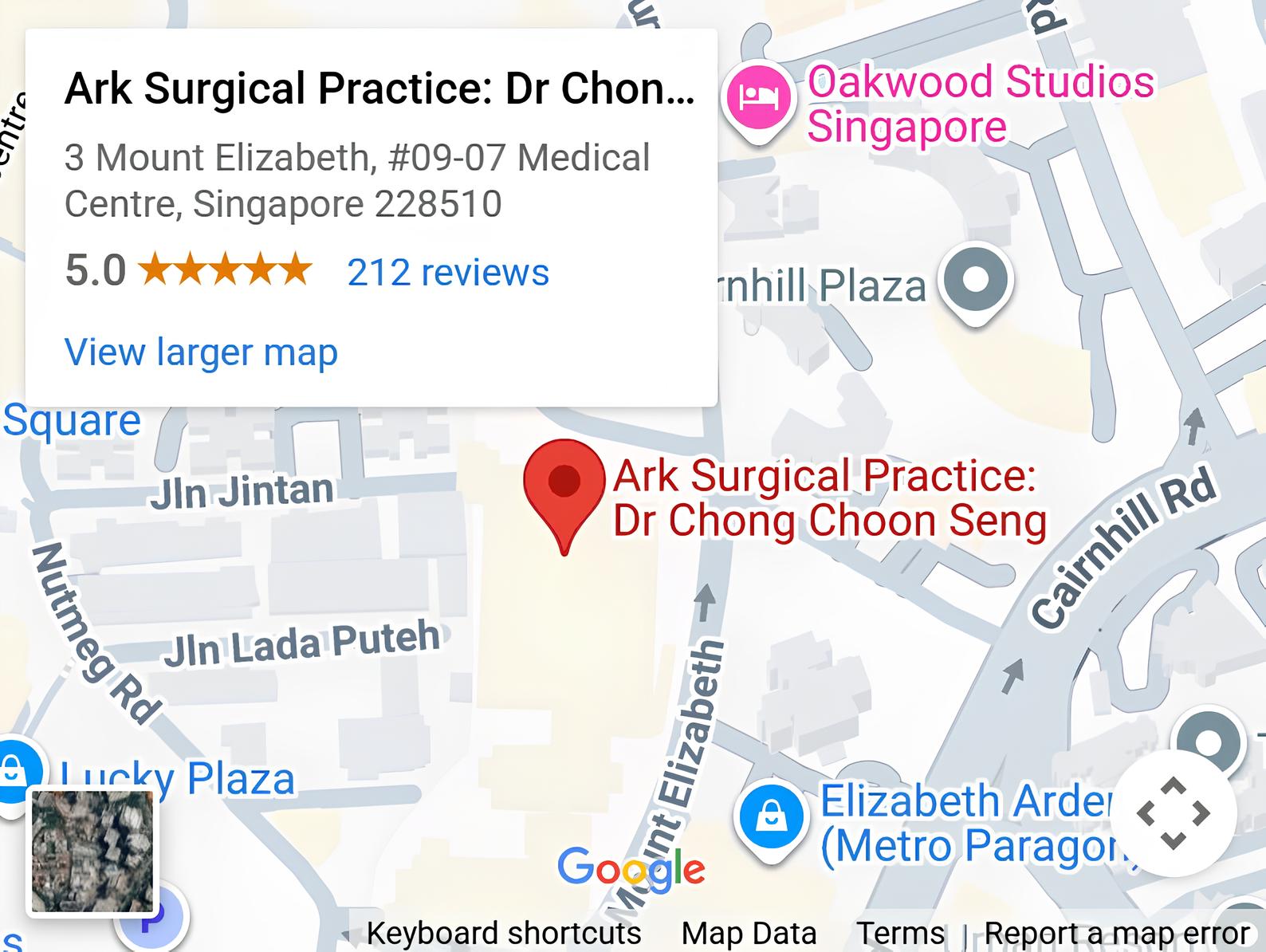Keloids are raised scars that extend beyond the original incision. They result from excessive collagen production during healing and may occur after surgery, particularly in patients with known risk factors.
This article outlines causes, risk factors, preventive steps, and treatment options relevant to general and colorectal surgical cases.
Causes of Keloid Formation
The following factors contribute directly to keloid formation:
Overactive collagen response: The core cause of keloid formation is unregulated collagen buildup in the dermis during healing.
Wound complications: Infections, delayed healing, or trauma to the surgical site can disrupt normal tissue repair and trigger abnormal scarring.
Tension on the wound: Incisions under high tension, especially in areas that move frequently, may promote excessive scar tissue growth.
Risk Factors for Keloid Development
Certain characteristics increase a patient’s likelihood of developing keloids following surgery:
Genetic predisposition: A personal or family history of keloids strongly correlates with future occurrence.
Age: Keloids are most common in patients between 10 and 30 years old.
Prior abnormal scars: Patients with previous keloid or hypertrophic scars may have a repeat tendency.
Surgical site: While keloids are more frequent on the chest, shoulders, jawline, and back, abdominal areas can also be affected, particularly if the wound is under tension.
Keloid Prevention and Management
To reduce the risk of keloid formation, wound care should focus on minimising tension and supporting controlled healing. Recommended measures include:
- Wound hygiene: Keep the surgical site clean, protected, and appropriately moist to support proper healing.
- Silicone therapy: Use of silicone sheets or gel after wound closure may help regulate collagen production and reduce scar thickening.
- Movement limitation: Avoid activities that stress the incision area during healing to reduce the risk of abnormal scar formation.
For patients who develop keloids, conservative options such as steroid injections or continued silicone application may help flatten raised tissue and ease symptoms. Persistent cases may be referred for comprehensive keloid treatment options involving laser or surgical approaches combined with adjunctive therapy.
Conclusion
Keloid formation is influenced by individual risk factors and wound healing conditions. While prevention is not always guaranteed, proper planning, wound care, and early intervention can reduce the likelihood and severity of scarring. Patients with a history of keloids or concerns about post-surgical scarring should discuss these with their surgeon as part of their treatment planning.





